Portland 13th in Nation for Public Transit Use
Tuesday, January 20, 2015
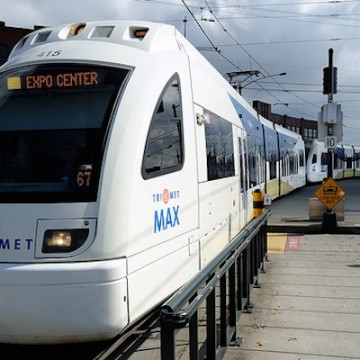
Data-driven news website FiveThirtyEight ranked urban metro areas based on the number of rides taken on public transit per capita. The NTD uses unlinked trips -- or trips that count each transfer during the journey as a single trip -- to measure ridership.
Roughly 112 million trips were taken in the Portland metro area 2013, making for 58.8 trips per capita, the ranking found.
In relation to other West Coast cities, Portland finished just behind Seattle, ranked twelfth with 63.6 annual rides per capita. San Francisco ranked second with 131.5 rides per capita, next to only New York City.
“We’ve punched above our weight for a long time in terms of transit and I think we should be proud of that,” said Portland transportation activist Chris Smith. He believes the region benefits from a well designed transit system and voters who support alternatives to driving.
“It’s sort of a chicken and the egg thing,” Smith said. “I think they feed off each other.”
How we got here
Numerous initiatives undertaken in Portland brought the city to a point of national leadership in transit use, Portland Bureau of Transportation (PBOT) spokeswoman Diane Dulkin said.
PBOT uses guidelines from the Portland Plan and Climate Action Plan to help shape the city into a more environmental urban form with lots of different transportation options, Dulkin said. “Way back in the seventies, we said ‘no’ to a highway that would have eaten through neighborhoods and ‘yes’ to light rail,” she said.
Trimet Director of Policy and Planning Alan Lehto said the regional business community in the 1960s and 1970s first turned the public eye to transit development in downtown Portland. That push saw the construction of the first Metropolitan Area Express (MAX) line to Gresham. However, the system recently suffered when many transit service hours were cut during the Great Recession. A GoLocalPDX analysis found that ridership fell significantly between 2009 and 2013.
“Even with cuts, we maintained as much of the frequent service as possible,” Lehto said. He said the opening of a new MAX route from downtown Portland to Milwaukie, the Orange Line, will increase ridership throughout the system. Buses that currently serve the Portland to Milwaukie corridor will be relocated to supplement service elsewhere. But, transit will need to keep up with the region’s steadily growing population, he said.
Future Goals and Challenges
Smith said challenges remain, specifically in the suburban region that stretches from downtown Portland, south to Tigard.
“The Southwest Corridor still has a lot of service gaps in it,” Smith said. Metro and TriMet are looking to build a new rapid transit system for the area, but financing for the huge project remains unclear. “I don’t for the life of me know how we will fund Southwest Corridor."
A Southwest Corridor light rail line could cost billions of dollars. Smith pointed to a rapid bus system, which would cost between $100 to $200 million, currently being planned for Portland’s Powell Boulevard, as an example of the scale of future transit projects for the region.
“It will be a long time until we see another Milwaukee light rail project,” Smith said, referring to the construction of the Orange Line.
In the mean time, TriMet is looking to the public for input on how to move forward with transit for the region, neighborhood by neighborhood, through its Service Enhancement Plan.
Meanwhile, the City of Portland wants the entire city to be comprised of “20-minute” neighborhoods, wherein residents can have all of their needs met within a 20-minute walk, by 2035. But for now, Dulkin said the city’s next major transit goal is to improve road markings and safe crossings on the pavement.
Related Slideshow: 15 Biggest Public Transit Systems in the U.S.
Related Articles
- Portland Has the 11th Biggest Public Transit System In The U.S.
- Portland 13th in Nation for Public Transit Use
- TriMet’s Per Capita Ridership Declines as Billions are Spent on Light Rail
- Portland Ranks 11th in US Carfree Cities
- NEW: Street Fee Options To Be Referred To Voters In May
- Why the Portland Street Fee Is A Bad Idea
- NEW: Hales and Novick Punt Street Fee, Look to State Transportation Bill
- NEW: Commissioner Novick Proposes 5-Tiered Tax Structure for Portland Street Fee
- Commissioner Amanda Fritz Refuses to Support Portland Street Fee Plan
- Data Used To Calculate Portland Street Fee Full of Errors, Critics Say
- 11 Ways to Pay a Portland Street Fee Without an Income Tax

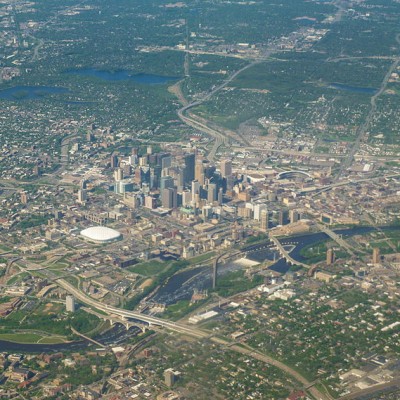
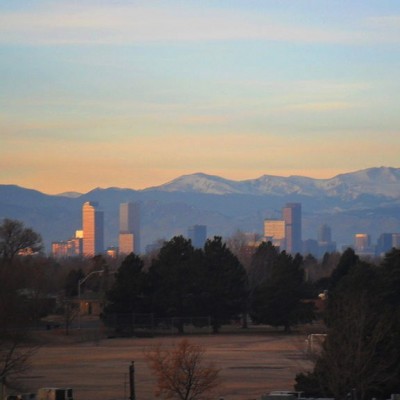
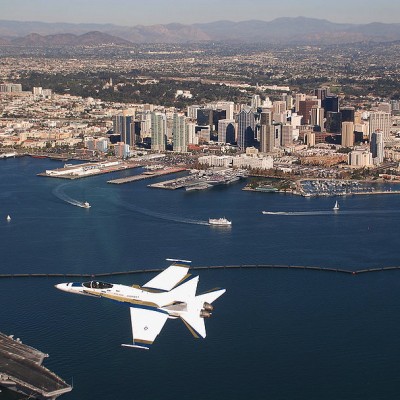
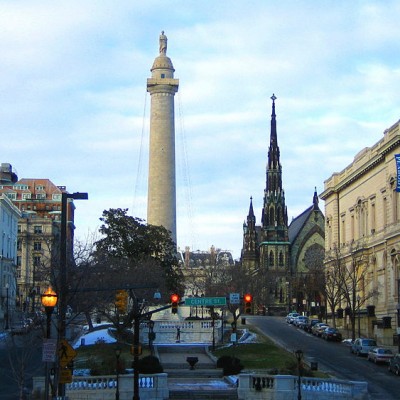
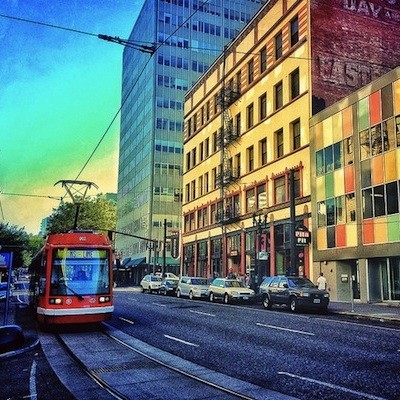
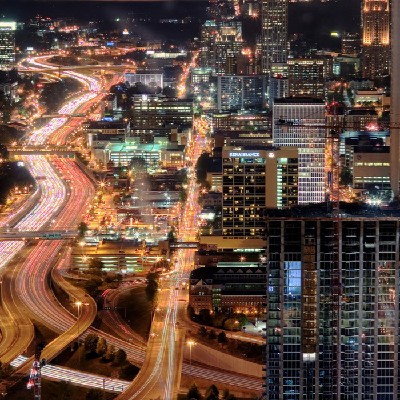
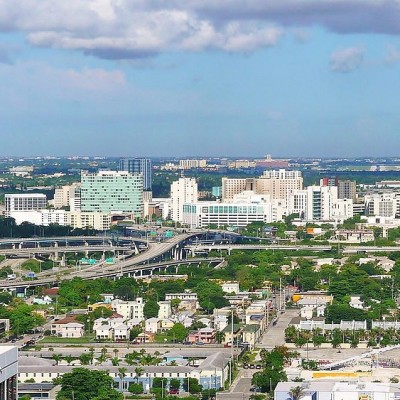
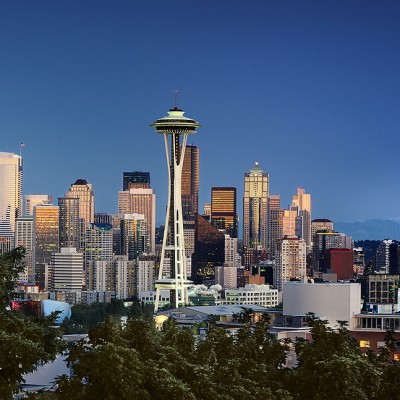
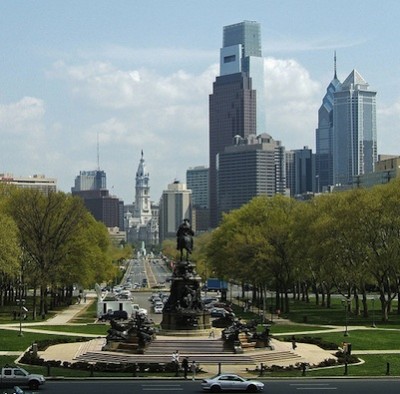
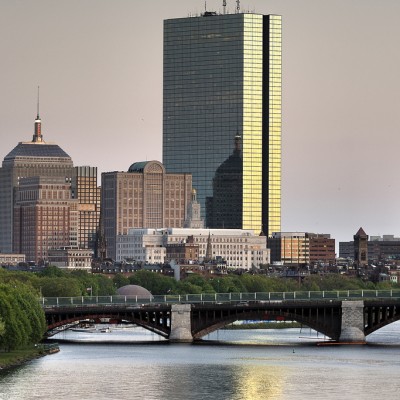
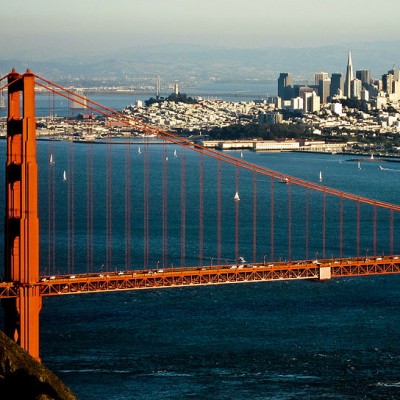
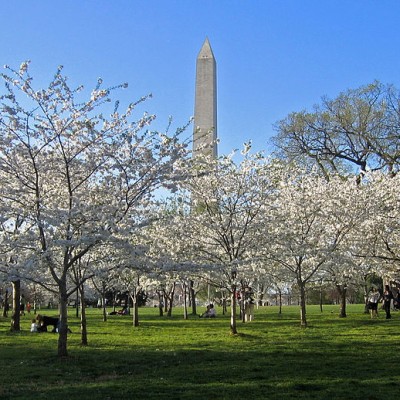
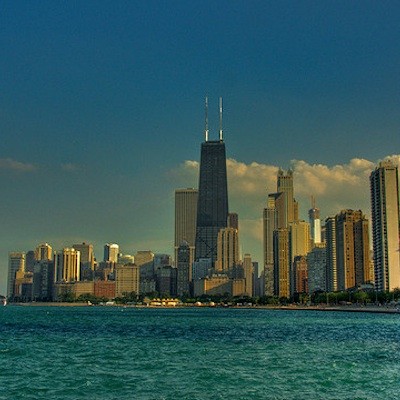
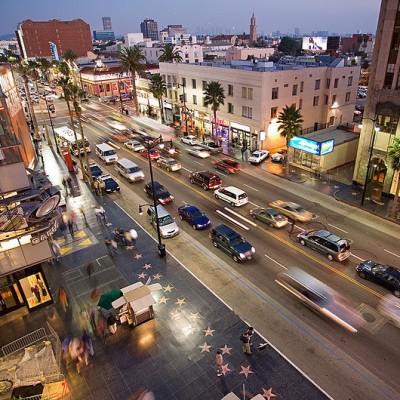



















 Delivered Free Every
Delivered Free Every
Follow us on Pinterest Google + Facebook Twitter See It Read It